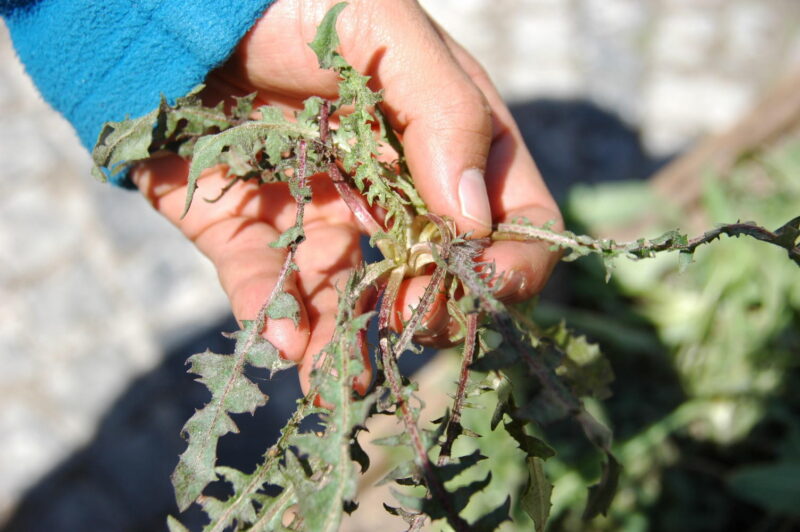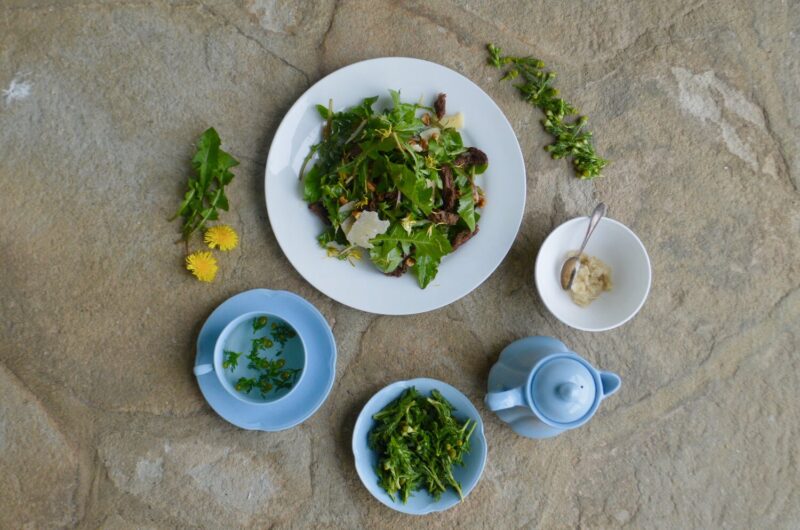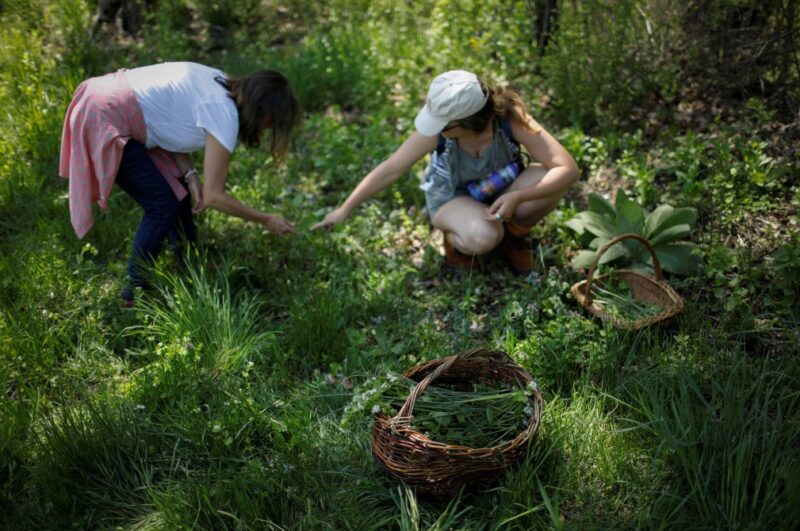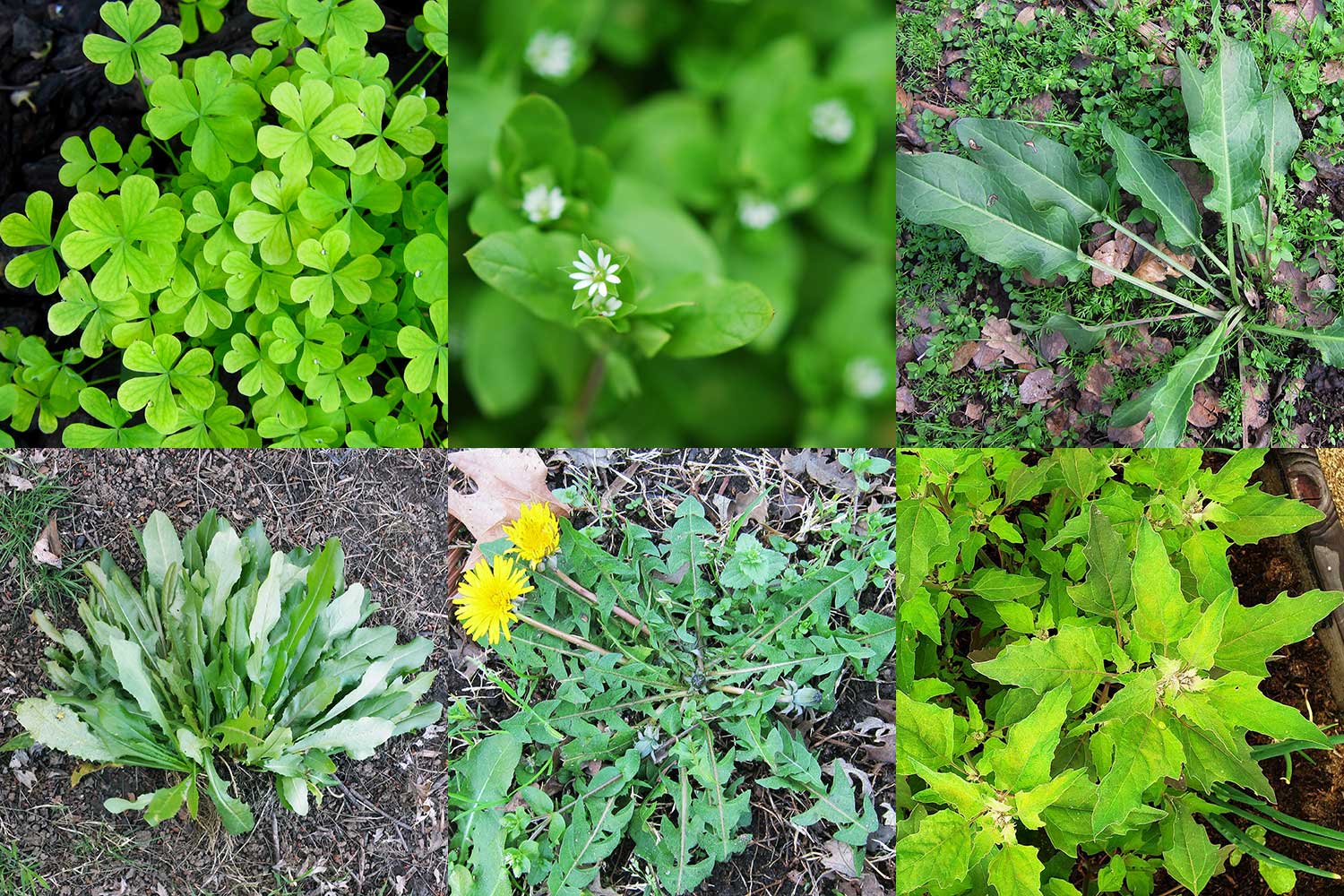Wild edible plants aren’t some survivalist gimmick or trendy foodie flex ─ they’ve always been part of human life. And in a world that often feels too packaged, there’s a real satisfaction in learning how to gather food with your own two hands.
But this isn’t something you wing. The forest doesn’t come with nutrition labels, and a mistake can land you in the ER ─ or worse. So let’s talk about how to do this right. Not just identifying plants, but doing it confidently and responsibly, without becoming that person who once ate a sketchy mushroom and got written up in the local news.
Let’s get into the habits, tips, and plant profiles that can actually help you supplement your meals safely ─ and maybe even impress your friends at the next campfire cookout.
Why Foraging Still Matters (and What You Can Gain From It)
Foraging isn’t just about food ─ it’s about awareness. You start to notice the texture of leaves, the smell of crushed stems, the way light hits a patch of nettles just right in late spring. It gets you outside and paying attention.
And when it comes to actual nutrition, wild plants can pull their weight:
- Flavor ─ Wild greens like garlic mustard or wood sorrel bring sharper, tangier flavors than store-bought lettuce ever could.
- Micronutrients ─ Many are packed with vitamins, minerals, and phytonutrients ─ dandelion greens, for example, are rich in potassium and vitamin A.
- Resilience ─ Native plants are tough. They grow without your help and often survive harsh conditions, which is more than you can say for your wilting supermarket basil.
The Golden Rule ─ 100% Sure or 0% Edible
Before you get excited and start nibbling whatever you see, you need to drill one thing into your brain: If you’re not 100% sure it’s safe to eat, don’t eat it.
No “probably,” no “I saw something like this on a TikTok once,” no “it smells fine.”
If you wouldn’t publish a blog post without first checking it with an AI detector, you definitely shouldn’t eat a leaf without triple-checking what it is.
Mistaken identity is the number one danger. A leaf that looks like a tasty wild carrot could just as easily be poison hemlock ─ and there’s no margin for error.
So how do you get sure? You get specific.
Step-by-Step

1. Learn Your Local Environment
Start where you live. Every region has its own edible plants and its own poisonous lookalikes. Get a foraging guide that covers your exact area ─ not a generic one for all of North America. Bonus points if it includes photos at multiple growth stages.
Look for guides that include:
- Latin names (common names are often misleading)
- Lookalike warnings
- Harvest seasons
- Habitat types (woods, meadows, riverbanks)
Example:
If you’re in the Midwest, ramps (wild leeks) are a spring favorite. But they grow in the same kind of wooded, shaded soil as lily-of-the-valley ─ which is toxic.
2. Use the Rule of Three (Minimum)
Before you eat anything, confirm at least three identifying features. One isn’t enough.
Let’s say you think you’ve found wild garlic. Check:
- Do the leaves smell strongly like garlic when crushed?
- Are they long, smooth, and growing directly from the base?
- Is it growing in clusters, not as a single tall stalk?
If all three match, you’re probably in the clear. If one seems off, walk away.
3. Cross-Check Multiple Sources
Don’t rely on one app or one book. Even plant ID apps get it wrong more than you’d like to think. Take a photo, compare it with your field guide, and, if possible, ask a more experienced forager or a local wild plant group online.
You’re not being paranoid. You’re being smart.
Practical Foraging Tips You Won’t Learn from a Glossy Coffee Table Book

Go Slow and Small
Don’t try to ID ten new plants in one day. Pick one or two to get familiar with, then expand once you’re confident. It’s like dating. Learn a plant’s full personality before inviting it to dinner.
Take Notes and Photos
Use your phone, a notebook, whatever works. Jot down where you found the plant, what time of year, and what it looked like. Photos help you track how a plant changes from bud to bloom to seed.
Start with Non-Toxic “Test” Plants
Dandelions and chickweed are practically training wheels. If you misidentify them, you’re more likely to end up with something inedible than something dangerous. Once you’ve nailed those down, move on.
A Word About Mushrooms
Skip them. At least at first.
Mushroom foraging is its own beast, and the consequences of messing up are high. Some deadly species look shockingly like edible ones. If you’re set on hunting mushrooms, take a class or go out with someone who knows their stuff.
Sustainability Matters
You’re not the only one out there picking wild greens. Animals rely on them too. And overharvesting can wreck fragile ecosystems fast.
Follow the basic ethics:
- Only take what you’ll use
- Leave plenty behind (many foragers use the 1-in-20 rule ─ take 1 out of every 20 plants)
- Never uproot whole colonies unless it’s a widespread invasive species
Also, know the laws. Some public lands ban foraging entirely. Others allow it with limits. Always check before you harvest.
Preparing Wild Plants at Home

Wash Everything
Even if you picked it from your pristine backyard, wash it. Use cold water and a salad spinner if you’ve got one. For tougher plants (like nettles), blanching also removes dirt and bitterness.
Cook What Needs Cooking
Some wild edibles contain compounds that need to be neutralized through heat.
- Nettles ─ Cook or steep in hot water to kill stingers.
- Dock leaves ─ Best after boiling ─ raw can irritate the tongue.
- Acorns ─ Need repeated soaking or leaching to remove tannins.
Add, Don’t Replace
Don’t think of wild food as a full meal. Think of it as a bright accent. A handful of purslane in your couscous, a wild garlic oil drizzled on toast, a foraged tea before bed.
Smart Tools to Have on Hand
- Field guide specific to your region (photos at multiple plant stages)
- Foraging knife or scissors
- Cotton bag or mesh produce sack
- Gloves (especially for nettles, thistles)
- Notebook or photo app for plant tracking
Apps like iNaturalist or PlantNet can be helpful ─ just never your only source.
Closing Thoughts
Wild food isn’t just food ─ it’s awareness, attention, and a quiet kind of skill that sharpens the more you use it. And it doesn’t have to be some grand expedition either. You can start with dandelions in your yard or chickweed in the cracks of a sidewalk. The point is knowing what you’re looking at, being careful, and building real knowledge ─ one plant at a time.
No rush. No pressure. Just keep your eyes open and your field guide nearby. The wild has been feeding humans for thousands of years. All you’re doing is learning how to listen to it again.

